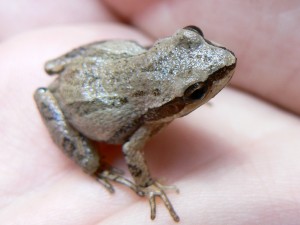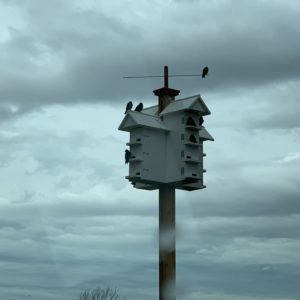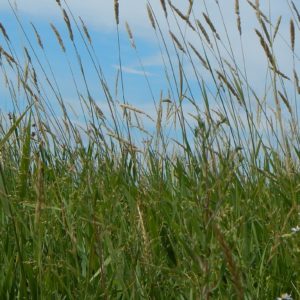Species Spotlight: Western Chorus Frog
Get to know some of the species at risk in the Lac Deschênes IBA with the Species Spotlight series, aka “Sp-Spot”. Today meet the: Western Chorus Frog

Photography by Benny Mazur
Scientific Name: Pseudacris triseriata
SARA Status: Threatened
Taxonomic Group: Amphibians
Size: Approximately 2.5cm long and weighing 1 gram
The Western Chorus Frog varies in colour from greenish grey to brown. Its distinguishing markings are three dark stripes running down its back. These can be solid stripes, broken dashes or even dots (see inset picture). As amphibians Western Chorus Frogs require habitat both on land and in the water throughout their lives, including shallow, temporary water bodies at least 10cm deep such as flooded meadows and ditches (in some cases called “vernal pools”). During the winter Western Chorus Frogs find shelter on land under objects such as fallen logs, but are one of the first frogs to emerge in the spring. If conditions allow you may even hear some calling as early as mid-March, and by April most will be awake and calling for mates. Listen for a repetitive call that closely resembles the sound made when you run a fingernail down the teeth of a comb. On clear calm days you may be able to hear the resonating call of this tiny frog up to a kilometer away.
Western Chorus Frogs are primarily threatened by habitat loss and fragmentation, particularly the loss of seasonally flooded wetlands to agriculture and urban expansion. In both Ontario and Quebec the population has been suffering significant declines recently. Between 1995 and 2006 the Ontario population decreased by an estimated 30%, and the Quebec population has been declining about 37% every decade since the 1950s.
Where else can you see this species?
In Canada you can only find the Western Chorus Frog in Southern Ontario and in Quebec along the Ottawa and upper St Lawrence river valleys.
Did You Know?
• The Western Chorus Frog is also known as the Striped Chorus Frog and the Midland Chorus Frog.
• There are two chorus frog species in Ontario; the Western and the Boreal Chorus Frog. They were considered to be the same species until 1989 as they look and sound almost identical. However, the boreal chorus frog has slightly longer legs and a faster call. But don’t worry, in Canada their home ranges do not overlap so you will only find the Western Chorus Frogs at Lac Deschênes.
• The Western Chorus Frog is a member of the tree frog family. Despite the name this frog is not a very good climber.
• Frogs have permeable skin which allows them to exchange oxygen even when they are underwater. Permeable skin also makes frogs very sensitive to pesticides, herbicides and other pollutants in their environment.
Check back every week to read about a different species at risk that can be found in Lac Deschênes.
You can report sightings of this and other rare species to the Canadian Wildlife Service at (819) 997-2800 or on the MNR Natural Heritage Information Centre website. A photo and the location of your sighting are also very helpful!




